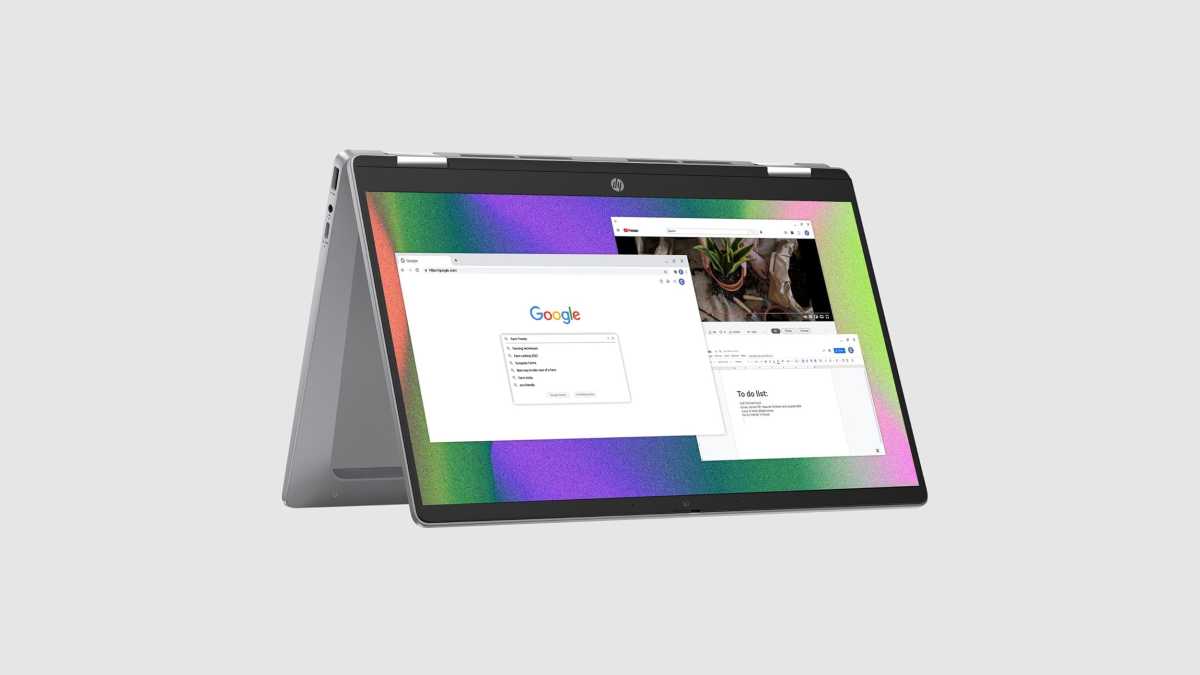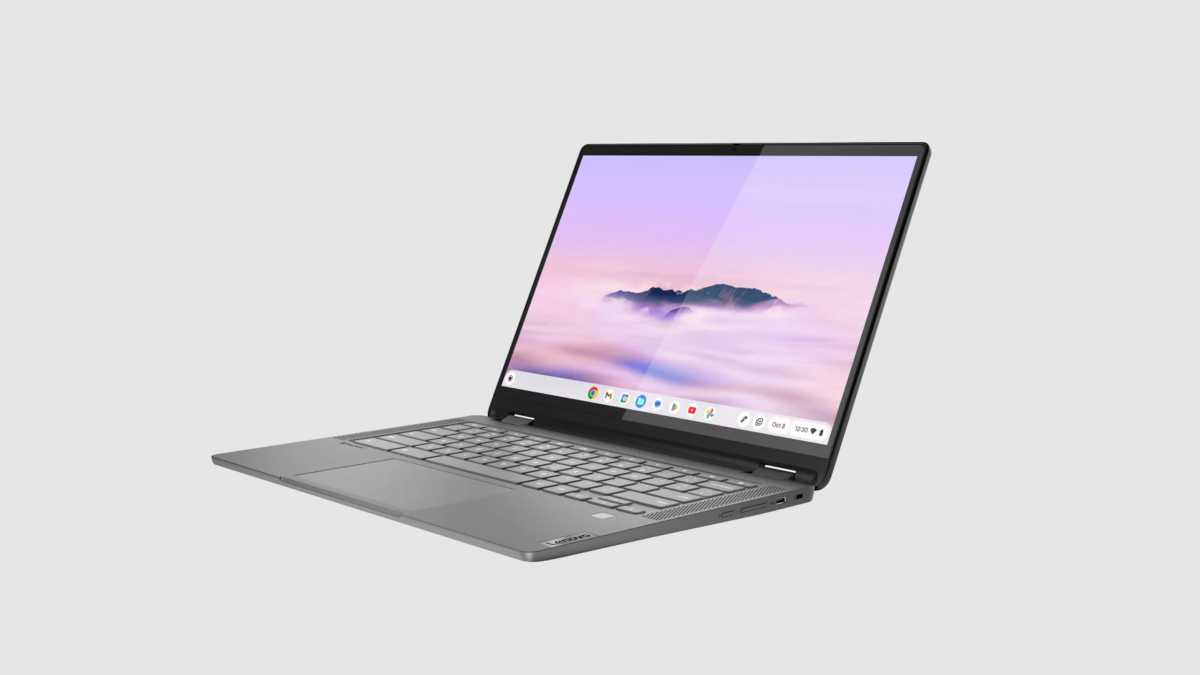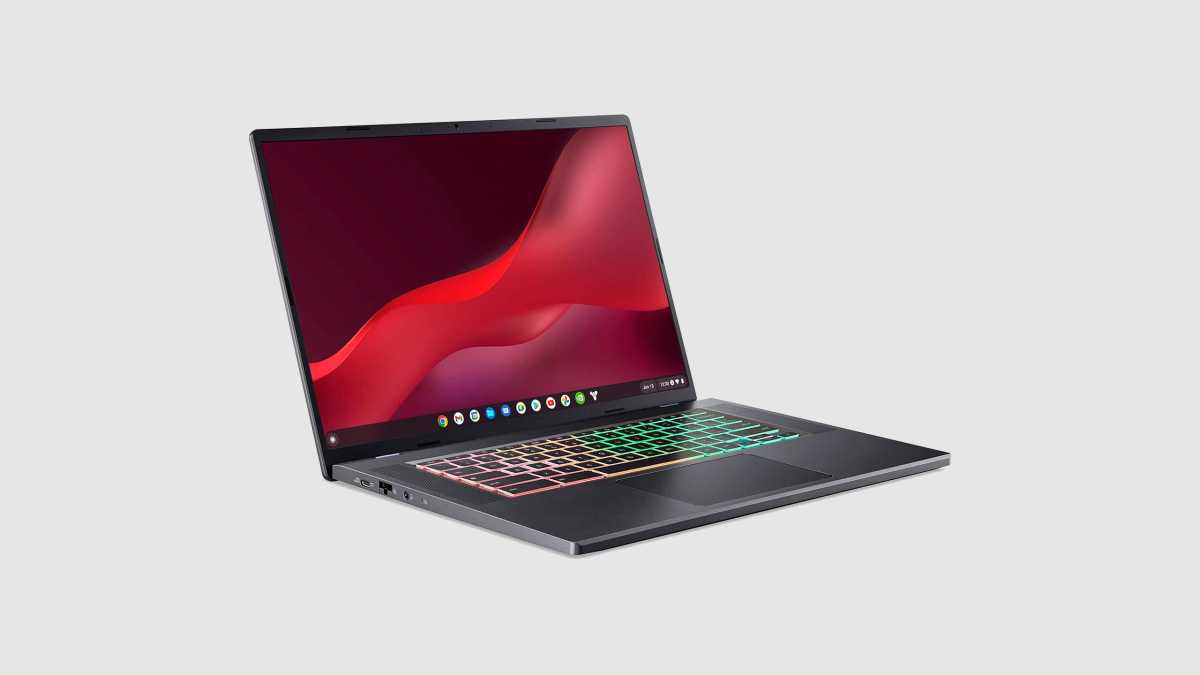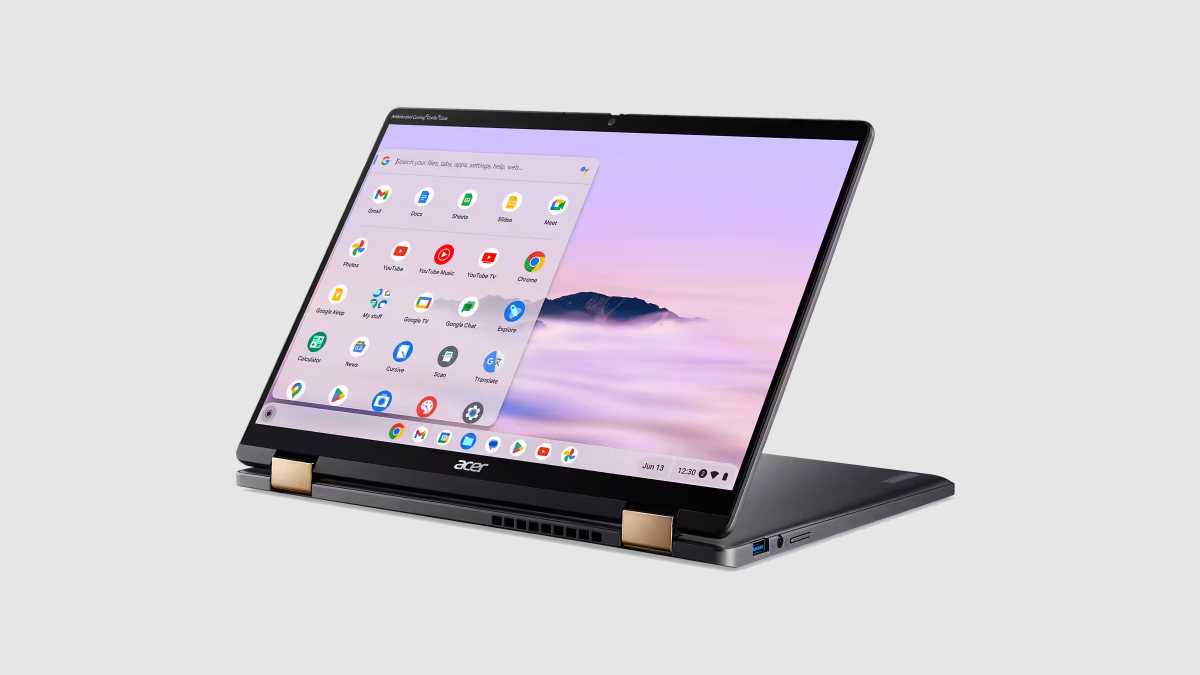Chromebooks are generally seen as cheap laptops for non-serious users, but that’s largely an outdated myth. Sure, there are plenty of lemons out there to avoid, but there are also plenty of killer Chromebooks worth your money. The key is knowing what to look for in a Chromebook, and that’s what I’m going to help you with.
Keep reading for the golden rules to buying a great Chromebook that won’t disappoint. If you can hold fast to every rule, then great! But if not, don’t worry. Focus on the ones that matter most to you and buy accordingly. You can’t go wrong if you do that.
It has at least 8GB of RAM
I’ve owned multiple Chromebooks over the years after I mostly abandoned Windows, and there’s one thing I’ll never skimp on: RAM. Specifically, I’ll never dip below 8GB of RAM.
The more, the better. Many cheaper Chromebooks come with only 4GB of RAM, which is just about enough to get by. But if you want to multitask apps and browser tabs without lagging, then you’ll sorely regret only having 4GB. Invest in RAM or be disappointed.
While PC and Mac owners may sneer at the thought of “only” having 8GB of RAM, it’s really enough for ChromeOS. And if you’re worried about future-proofing, don’t be—a Chromebook with 8GB, like the HP Chromebook Plus x360, will serve you well for many years because ChromeOS is that minimal and efficient.
The only caveat here is if you intend to use Linux on your Chromebook or if you’re going to play resource-heavy video games, in which case 16GB of RAM would be the safer bet.
It has SSD storage, not eMMC or UFS
Storage on Chromebooks mainly comes in three forms: eMMC (embedded MultiMediaCard), UFS (Universal Flash Storage), and SSD (solid-state drive). They all have their pros and cons—some more than others—but I only ever buy Chromebooks with SSDs.
UFS is generally faster than eMMC, but SSDs are faster than both while being more durable and bigger in capacity. Even with budget Windows laptops, we recommend sticking with SSDs over UFS and eMMC. The performance hit just isn’t worth the minimal savings, especially now that SSDs aren’t as expensive as they once were.
Skip the entry-level Chromebooks with eMMC and UFS. My current Google Pixelbook Go, which I’ve owned for years now, boasts a 128GB SSD that’s proven quite capable. While the Pixelbook Go is discontinued, the Lenovo Flex 5i Chromebook Plus is another example.
It has at least 1080p resolution
Another aspect you don’t want to skimp on with a Chromebook is the screen resolution. The actual size of the screen doesn’t matter too much, but you’ll want to avoid the cheaper ones that are only 720p. The lowest you should go is 1080p in this modern age of media.
Whether you’re streaming YouTube or Netflix, you’re likely defaulting to 1080p these days. With 720p, everything’s going to be soft and/or grainy. And if you intend to do any gaming—yes, it’s possible to game on a Chromebook!—then higher is even better. For example, the Acer Chromebook Plus 516 GE has a 1600p display with 120Hz refresh rate, putting it a step above many other Chromebooks.
The good news is, most Chromebooks now come with a 1080p display—you’ll only find 720p on truly budget models. I know one of the big draws of a Chromebook is affordability, but don’t get stingy on this.
It boasts 10+ hours of battery life
Due to the lightweight nature of ChromeOS, most Chromebooks offer decent battery life. But if you’re buying one for work or school, you’ll want one that lasts the entire day—and in that case, you’re looking for a Chromebook with at least 10 hours of battery life.
The tricky thing is you can’t always believe a manufacturer’s battery life claims. That’s why I always look to reviews before buying a Chromebook, to see how much real-world battery life I can expect.
On the whole, Arm-based processors tend to last longer on a charge than Intel or AMD processors, and the more powerful Chromebooks tend to drain down battery faster than weaker ones. For an Intel option with good battery life, check out the Samsung Galaxy Chromebook Plus 15.
It has a premium build quality
Even with Chromebooks, it’s good to pay attention to build quality. Will you find something as nice as a next-gen MacBook? No. But if you think all Chromebooks are made of dinky plastic and bottom-barrel components, you’d be wrong. Premium options do exist.
Just like with battery life, nothing beats real-world reviews from people who have actually used the Chromebook you’re looking at. If those aren’t available, you could narrow your search to Chromebooks engineered to military-grade MIL-STD-810H durability standards. Also, anything labelled “Chromebook Plus” will be better than a ho-hum Chromebook.
In particular, look out for weak hinges, cheap plastic bodies, and clunky touchpads. For an example of a Chromebook with excellent build quality, check out the Acer Chromebook Plus Spin 714.
It has a touchscreen display
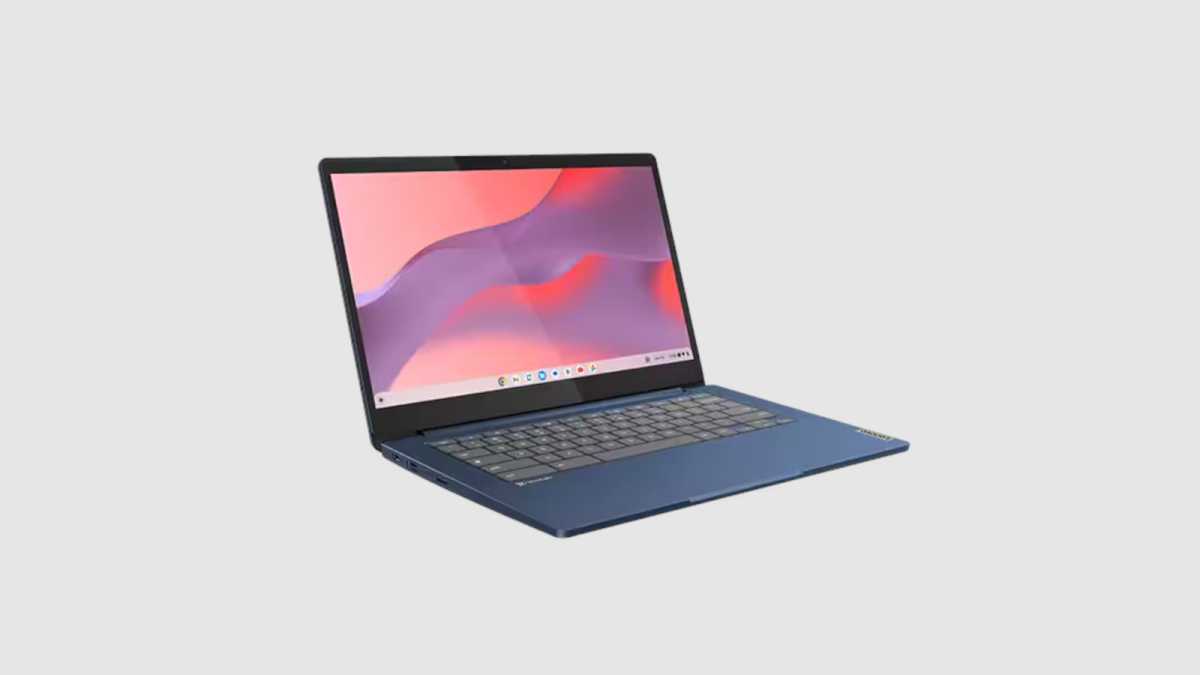
Lenovo
This one is more negotiable than the above rules, but if you plan on using your Chromebook as a productivity device, then consider getting one with a touchscreen.
Built-in keyboards and touchpads are fine, but being able to navigate via touch on a whim is surprisingly convenient. And with ChromeOS supporting most Android apps and games, you’ll find that a lot of them are more fun to use and/or play with touch input.
One of the best Chromebooks with a touchscreen and decent specs while still being affordable is the Lenovo I
Connectez-vous pour ajouter un commentaire
Autres messages de ce groupe

Regular power strips are great and all, but it’s time to upgrade beca

Beginning on June 30 of this year, residents in Georgia are going to

Google has released Chrome 138, the latest edition of the browser tha

One of the things I miss about covering smartphones is the designated

Among other things, Microsoft Word saves information about the author

The latest Firefox update brings the browser up to version 140 with v

Hey, PCWorlders! Here’s a little browser trick I learned from an arti
